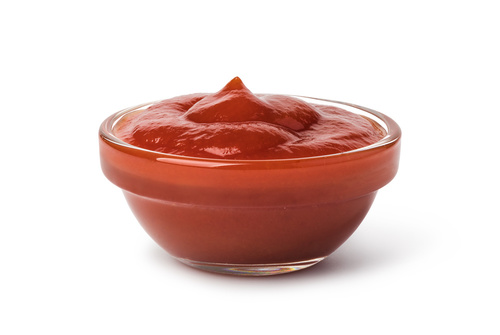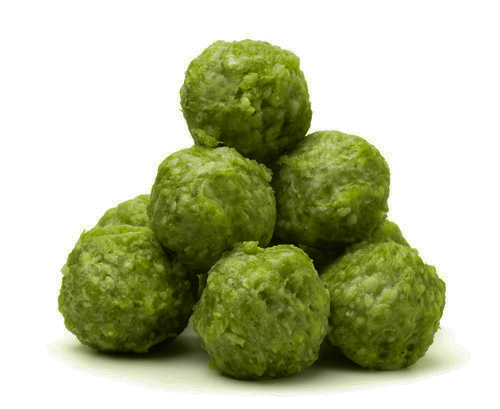Tara gum, also known as tara seed gum or simply tara gum, is a natural ingredient that is gaining popularity across various industries. Its versatility and sustainable origin make it a standout choice in the production of food, cosmetics, and industrial products. Below, we will explore its benefits, uses, and answer the most frequently asked questions about this incredible product.
Whats is Tara Gum?
Tara gum (Caesalpinia spinosa) is a completely natural hydrocolloid extracted from the tara seed through a thermo-mechanical process, where it is ground and sifted to obtain tara gum powder. Its properties are intermediate between those of locust bean gum and guar gum, making it an excellent gelling agent. It is a white powder with no color or flavor.
Tara gum is classified in the Codex Alimentarius under the International Numbering System (INS) as No. 417, while in Europe, it is designated as a food additive with the code E417.
Benefits of Tara Gum
Properties of Tara Gum
- Solubility: Although it is soluble in water at various temperatures, a complete dissolution is recommended by heating the solution to 95°C. However, thickening effects can be achieved in aqueous solutions at temperatures around 30°C.
- Viscosity: Tara gum provides high viscosity, improving the texture of various food products.
- Stability: It shows good stability in acidic environments and during thermal treatments at high temperatures, withstanding up to 145°C in continuous processes and up to 121°C for 30 minutes in an autoclave.
Uses of Tara Gum in the Food Industry
- Sauces and Dressings: It acts as a thickener without altering the flavor or color of the preparations. The recommended dosage is around 0.5% of the total weight, depending on the temperature and desired viscosity.
- Baking and Pastry: It improves the elasticity and moisture of doughs, resulting in fluffier products. Even with doses as low as 1g per kilogram of flour, notable effects are achieved. It is especially useful in gluten-free products, providing cohesion and texture.
- Dairy and Ice Cream: It enhances the creaminess of yogurt and stabilizes ice cream, reducing ice crystal formation and improving the final texture.





- Ice Cream
- Meat Emulsions
- Dairy Products
- Baking
- Beverages
- Jams
- Gluten-Free Products
- Frozen Desserts
- Instant Soups
- Sauces
Tara Gum, an Innovative Solution
Tara gum is an innovative solution that combines sustainability, versatility, and functionality. Its ability to improve textures and stabilize products makes it an essential ingredient in multiple industries. If you’re looking for a natural, healthy, and effective additive, tara gum is an excellent choice.
What is Tara Gum?
Tara gum is a natural powder obtained from the seeds of the tara tree. It is used as a thickener, stabilizer, and gelling agent in various industries due to its plant-based origin and unique properties.
How is Tara Gum Used?
It is used in small amounts (generally between 0.1% and 1% of the total product weight) depending on the purpose. In food, it is mixed with liquids or dispersed in formulations to improve texture and stability.
How to Obtain Tara Gum?
Tara gum is marketed worldwide and can be purchased through suppliers specializing in natural ingredients or distributors of food and cosmetic additives.
How to Dissolve Tara Gum?
To dissolve it properly, it is recommended to mix it with hot water while stirring constantly. This ensures that it disperses evenly and reaches the desired consistency.
Why is Tara Gum in Ice Cream?
Tara gum is used in ice cream to prevent the formation of ice crystals and improve its creaminess. It also helps stabilize the mixture and extend the product’s shelf life.

